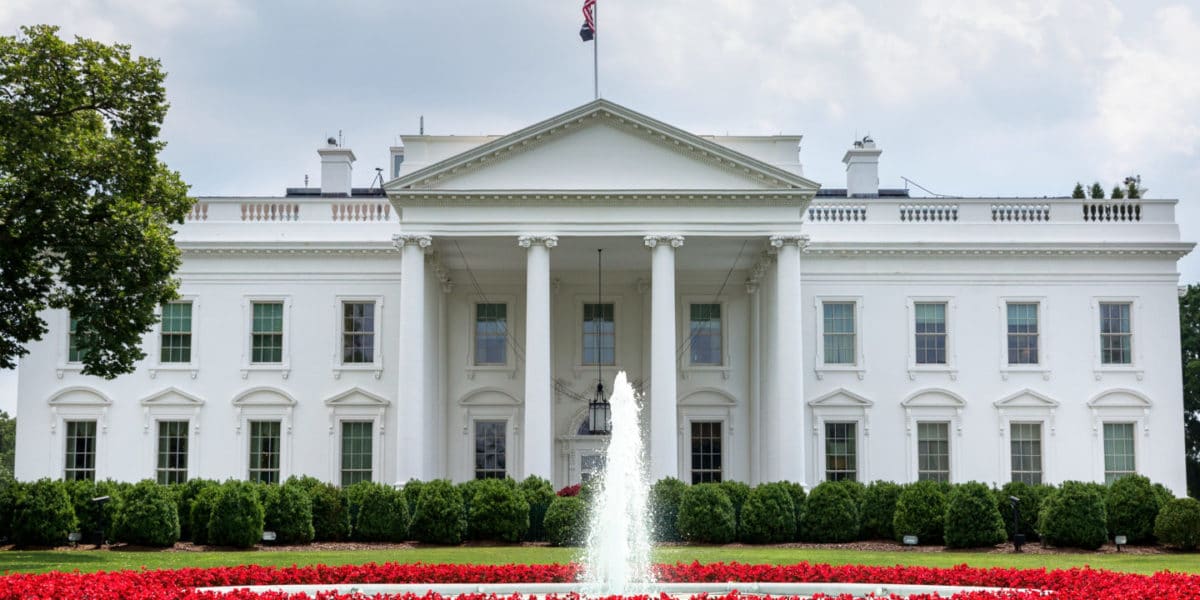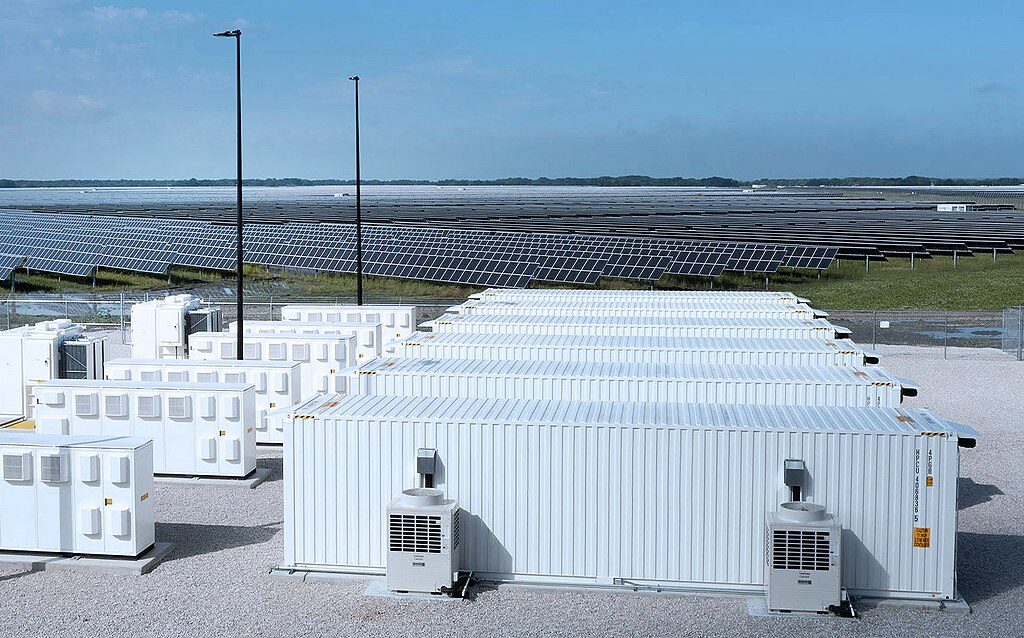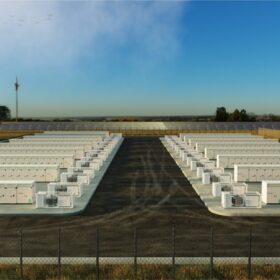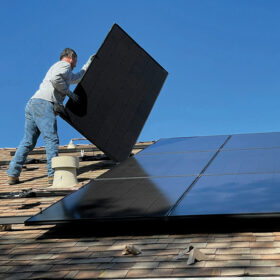U.S. Senators Martin Heinrich (D-N.M.) and Dean Heller (R-Nev.) are taking the angle that jobs, jobs and jobs are what can protect the solar power industry from the foibles of politicians. They’re joining eight Republicans who wrote a letter to Trump to request that the U.S. Congress repeal the solar panel and solar cells tariff applied as a result of the Section 201 ruling.
A copy of the originally submitted Senate legislation can be found here (PDF). This follows the introduction of a similar bill in the House in April, which can be found here.
Both the House and Senate versions of the legislation seek to rescind the tariff, and return any collected fees to those that have already paid the tariffs as of the implementation on February 7, 2018.
It is not clear that this bill will go anywhere. Many very smart pieces of legislation are introduced for political purposes, never to move beyond submission, and the current political climate suggests that the U.S. House of Representatives wants to give Trump leverage in his negotiations with China on broader trade issues.
On-going pv magazine reporting suggests that the recent Chinese slowdown on support for solar power installations will have an affect on global supply chains, significantly lowering solar panel prices – potentially by 34% – in 2018. This could have an effect on the impact of the tariff.
The two Senators used data from the National Solar Jobs Census, the Solar Energy Industry Association (SEIA), and GTM Research in their arguments for the necessity of the legislation. The National Solar Jobs Census data showed that the solar workforce has increased by 168% in seven years from 93,000 jobs in 2010 to more than 250,000 jobs at the end of 2017.
SEIA has warned that 23,000 of those jobs could be lost, as well as the cancellation of billions of dollars in solar investments, as a result of the Section 201 tariffs. GTM Research suggested that US installation volume would fall from 68.9 GW to 61.3 GW during the next five years.
The Consequences
Recent industry analysis has suggested the industry shed 3.8% of jobs in 2017 versus 2016, though it is a challenge to fully tease where those losses came from considering the large market expansion in 2016, and the resulting 2017 slowdown in the utility scale sector.
However, opponents of the tariff can point to some very real consequences. SunPower specifically cited the tariffs as a reasons for substantial layoffs. Furthermore, polling data indicates that most of America is against the tariff. And of course solar panel prices did show an increase, leading prominent developer Cypress Creek to publicly communicate the possibility of cancelling up to 1.5 GW of projects.
And while the solar panel manufacturing side of the industry has seen some announcements of manufacturing expansion (Mission Solar, Jinko, First Solar, Hanwha, SolarTech Universal) – the total jobs expected are far below expected losses due to the highly automated nature of solar panel manufacturing. Additionally, as will be revealed in an article in pv magazine’s June print edition, there may be other factors behind this manufacturing expansion than the Section 201 tariffs.
This content is protected by copyright and may not be reused. If you want to cooperate with us and would like to reuse some of our content, please contact: editors@pv-magazine.com.








With Trump handing out tariffs on everything and everyone, I doubt this will make it past his desk. And with the change in China’s solar policy, the tariff on solar panels is needed more than ever just to even the playing field.
Personally, I doubt it even gets to his desk
Personally, I doubt he has a desk and if he has one it’s probably covered in crayons and Lego.
Hah
Please give this man a desk. And show him how to use it (Now sir, whatever you do, don’t start a job killing, recession inducing trade war with our international partners…and next door neighbors).
In the instance it does hits his desk. Now there’s this huge solar market once again, where does one like me start?
It depends on where you are in your life. Personally, I think I got lucky in that I started in a small company (my company) being able to do some sales, some office work and being the support labor on projects. Coming from a finance background, I had a high level understanding on the math.
So consider knocking on the door of your local contractor – use a page like this to find a bunch of them: https://www.solarpowerworldonline.com/2017-top-500-solar-contractors/ – and seeing where you can fit in. Start small and local if you want a simple path in.